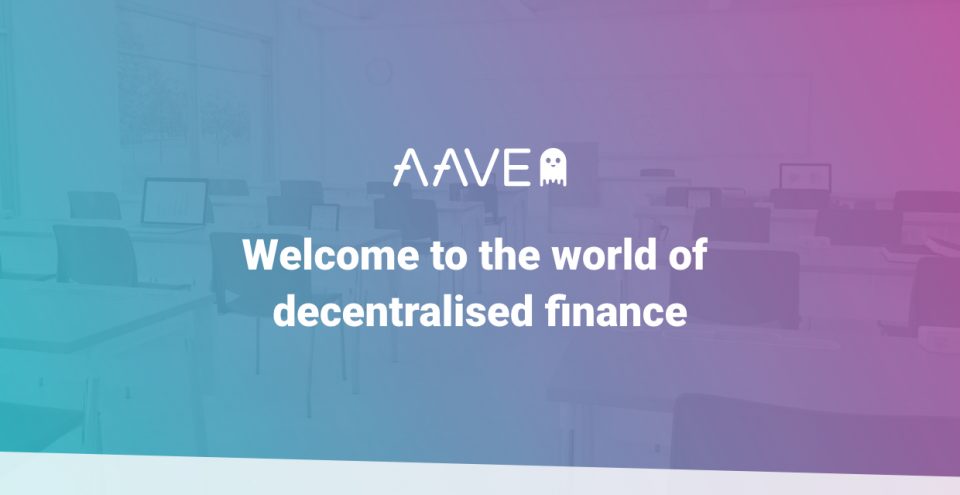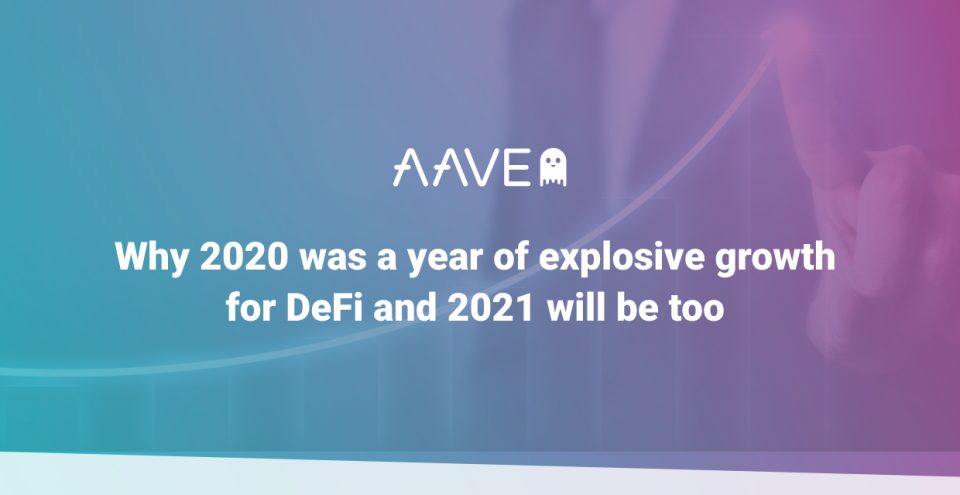What is Decentralised Finance?
Decentralised Finance or “DeFi” refers to networked applications or ‘protocols’ that are deployed as software or algorithms on a public blockchain and are community governed rather than controlled by a financial intermediary or a centralised entity. Because DeFi applications are deployed as open source software on a blockchain network like Ethereum, they offer transparency, resilience to technical failures, rapid innovation and resistance to systemic risks.
This series of articles, brought to you by Aave, aims to explore how DeFi can create new financial opportunities for individuals, institutions, and more.
Decentralised Depositing, Earning, and Borrowing with Aave
Aave is a decentralised protocol that offers a variety of financial tools and services. Users can earn interest on deposits and swap and borrow digital assets such as stablecoins, bitcoin and ethereum. Aave is self-custodial, so when a user makes a deposit, no company or centralised authority controls your funds, which prevents the type of centralised exchange hacks that have led to loss of customer funds for years. As a user, you maintain control over your funds at all times, so you can use them however, whenever, and wherever you want. Aave developers have no access to keys and the protocol is governed by a decentralised voting mechanism which further ensures safety of user funds and integrity of the software. However, because the protocol does not have a centralised entity, users are responsible for managing their passwords and private keys. For security, never give out private keys or passphrases. It is best to write them down and keep them in a safe place.
How do deposits work?
Aave provides frictionless user experience that allows users to deposit digital assets and start earning interest immediately. Interest rates for depositors fluctuate based on the demand and supply of liquidity. For example, if a user deposits the popular cryptocurrency ETH (the protocol token corresponding to the Ethereum blockchain) and there is a lot of ETH borrowing demand and a limited supply, then the interest rate that user will earn on their ETH will increase to incentivize more deposits. This also works the other way round. If there is a lot of ETH in the supply and not a lot of borrowing demand, the interest rates for ETH depositors will be lower. In Aave, when you deposit a cryptocurrency, you will automatically start to earn interest in real-time directly in your wallet.

Aave borrowers can be anyone who holds an asset that has value and needs to access liquidity to buy something (i.e. a laptop), but does not want to sell off their asset. For example, if a user has ETH and they think the price of ETH will go up, they can borrow against it so they don’t have to sell it to buy that laptop. As long as a borrower has enough collateral to support their borrowing position, they can pay back the loan at any time they prefer.
To learn more, head on over to https://aave.com/



